Natural, flavored, bathed in cumin, and mostly sweet, Moroccan Cuisine piques a foodie’s interest like few countries are able to.
Morocco is such a wonderful food destination because it’s blending some delightful European and Oriental influences into traditional African cuisine, making every food tasting an exciting adventure.
This food tour is a special one for me because it’s the first one taken in Africa, so it has two parts, both insightful and hopefully delightful.
Therefore, I will do more than usual, that is sharing top dishes and restaurants we’ve tried in Morocco, but also take you on a flavored journey of the Moroccan cuisine. I’ll spice them up with insights gathered from my research and food experiences in Fes, Rabat, Chefchaouen, and Marrakech.
Insights on Moroccan Cuisine
Mint Tea and Hospitality in Moroccan Culture
Mint Tea is intrinsically linked with Moroccan hospitality and culture.
You can’t escape it, no matter where you stay or where you go. It followed us around Morocco, from North to South, passing through Fes, Rabat, and Marrakech like the Moroccan beverage by excellence.
Samir, the manager of the first Moroccan Riad we stayed in, welcomed us late in the evening with a steaming teapot and three glasses on a silver tray. Still standing, he raised his right arm in the air and poured the magic mint tea with fascinating precision into the three little glasses on the table, until the bubbly drink was garnished with mint leaves.
He then joined us for the serving and began sharing his insights on Fes and asking about what we wanted to visit in Morocco.
The mint leaves in our glasses were unusually big, thick and flavored, very different from the mint varieties I’ve tasted before, and that’s maybe why this tea was more savory than anticipated. It was of a syrup consistency and pretty sweet even without adding extra sugar.
Moroccans drink mint tea any time of the day, so when it comes to guests, it’s always at the center of their hospitality efforts.
In Rabat, when we tried to skip the mint tea ritual because we were in a hurry to take some photos of the sunset, we found ourselves bound by this tradition. Our host at Dar Soufa even brought some delicious cookies with the mint tea, and said it’s impossible to miss this hospitality ritual “because it’s the tradition”.
I usually dislike drinking mint tea, but this trip in Morocco made me appreciate it. So while doing a bit of research for the trip, I found a very nice recipe for Moroccan mint tea that also includes black tea leaves. Can’t wait to try it at home!
Bread in Moroccan Food Culture
Bread is at the core of every Moroccan meal, and it comes with a variety of purposes: it can be breakfast on its own, a fork for saucy tajines or merely a companion for salads.
Moroccan bread is natural and fresh, and it’s baked every day by the women of any household. It’s considered sacred, so no piece of bread is lost or thrown away.
The extra bread in a household is sold in small batches in the souks of Morocco by both men and women, although the souks are usually reserved for men while the house is the woman’s territory.
Women who sell fresh bread in the souks usually carry it in small baskets covered in white linen, probably a way of keeping it warm as much as possible. In Rabat, I’ve seen men selling bread out of heated carts, similar to hot dog stands.
With so many bread sellers in the souks, one might think nobody eats day-old bread.
Bread as breakfast is another thing I found interesting in Moroccan’s food culture. Because each Riad we’ve stayed in during our time in Morocco (Fes, Rabat, Marrakech) had pretty much the same bread and pancake varieties served each morning for breakfast.
4 Traditional bread varieties and pancakes in Morocco
Batbout – Moroccan Pita Bread – is the cutest of them all because it’s so tiny, puffy and delicious. It can be served with spices or honey and it’s cooked in a skillet or griddle, on a stove top.
Mahrash or Khobz dyal Smida – Moroccan Semolina Bread – is the widespread Moroccan bread variety. It can be served within a Moroccan breakfast, but its main purpose is to serve as a fork for tajines.
Beghrir – Moroccan honeycomb pancakes – they’re tender, spongy, and the most delicious type of pancakes I’ve tried. They’re made of semolina – the same ingredient used to make couscous, and they were my favorite part of our Moroccan breakfast.
Rghaif – Moroccan square-shaped pancakes – they’re more like a soft pie crust than a pancake, but they’re also very good. Each Moroccan breakfast included them next to the Moroccan honeycomb pancake – beghrir.
- Breakfast
- Moroccan woman making pastry in the food souk of Fes
When it comes to eating habits, commensality is a very important part of Moroccan culture.
In the northern part of the country and in the old parts of the city (I’ve seen this in Fes Medina), children have a lunch break from school, so they can eat at home with their parents.
Btw, can’t wait to read “Commensality: From Everyday Food to Feast”! Because my impression of Morocco is that they’re very keen on the concept of linking family with food.
I don’t believe I’ve yet visited a country with such a strong sense of commensality as Morocco, and that’s a lovely life goal – to bring the family together for everyday meals.
Tajine & Tanjia – The most fascinating Moroccan Dishes
While you may have seen the beautiful ceramic pots or tasted the delicious dishes made with a tajine, it might be interesting to know that there is also another variety of it – the tanjia.
Tajine/Tagine is the feminine dish, tanjia/tangia is the masculine one, and this difference is not just a word variation. Tajines are cooked by women and tanjias are cooked by men. It gets even more interesting when you observe the cooking process…
Tajines and tanjias use similar ingredients – meats, vegetables and spices, but while the tajine comes in many variations of meats and vegetables, the tanjia is limited to meats like beef and lamb and has fewer vegetables or none at all. So far, it looks like the two dishes are created especially to suit the slightly different eating habits of men and women.
The pots used for cooking these dishes are both ceramic, but while tajine has that cone-shaped lid over a plate, the tanjia looks like a big flower pot, amphora-shaped, and has no lid, but the top is usually covered with a tinfoil.
The differences go beyond the pots and ingredients used. Women prepare the tajines in their homes, usually on a stove or inside an oven, but the tanjias are a very different story.
The process of making a tanjia starts in the souk, the food market, where you first buy your pot, then your meat, spices and maybe vegetables.
You layer them in the tanjia on the go, usually in the morning or after lunch, and then head to one of the many Moroccan hammams. Here is where you’re going to find the person in charge of heating the hammam and leave your tanjia with him.
4 to 6 hours later, depending on the type and age of your meat, you go pick up your tanjia. It’s a slow cooking process since the tanjia is only baked in a nest within the charcoal embers used to heat the hammam.
If you read the 2nd part of this article, you’ll discover more about our tanjia, carefully prepared by Mohamed, the very nice manager at Riad Melhoun & Spa in Marrakech.
Tajine /Tagine (fem.)
- Kefta Tajine – meatballs tagine
- Chicken and Olives Tagine with Lemon Sauce
Tanjia/Tangia (masc.)
- Tangia Pot
- Tanjia-Hammam
- Lamb Tanjia
Orange Juice in Morocco
A Moroccan breakfast without orange juice is unthinkable.
So we had a glass every morning and evening in each Riad we stayed in (Fes, Rabat, Marrakech), next to our breakfast plates filled with Moroccan bread varieties and pancakes or as the go-to drink before going to bed.
It’s the best orange juice I’ve ever had, and when tasting a lemon variety I understood why – the fruits are sweeter and more flavored than the ones you get back home, making the juices and sauces as sweet as honey.
- Moroccan Orange Juice
Moroccan Couscous
Couscous is a Maghrebi dish, widespread in North Africa but not limited to it – it’s also a favorite of south Andalusian cuisine. Back in April, when I visited Granada, couscous with vegetables and raisins where served in tiny ceramic bowls as appetizers in most traditional restaurants.
In Morocco, there’s a couscous meal shared between the members of more traditional families each Friday evening.
This couscous ritual is accompanied by a lamb or a chicken dish with chickpeas, caramelized onions, raisins, and spices. I tasted the latter in Chefchaouen and it’s delicious, even if I’m not a fan of couscous.
The Moroccan couscous is interesting when it comes to seasoning and side ingredients, and I think it’s such a big part of Moroccan culinary culture that you must give it a try.
Spicy Olives in Morocco
Road tripping through the olive tree hills, on our way to Chefchaouen, made me wonder about how Moroccan olives taste (maybe because most olives and olive oil in EU is from Italy, Spain or Greece).
Samir, our host at Riad Fes Baraka, brought a handful of spicy olives with our tajines. Mind reading or what? 🙂 It was love at first taste! They’re so good that I had two bowls of them.
The souks are filled with little mountains of spicy olives, so you can taste them in every food market.
Souks of Morocco
Souq or Souk is the term that describes every African market, food-related or not, but also Oriental Markets. For instance, Israel uses the term “shook” to describe the same type of market. In Morocco, the souks are usually inside the old cities / Medinas, and they’re not only a shopping place for women but also a gathering place for men.
A myriad of colors, spices, and flavors welcome you to the souks of Morocco, and there’s really no other food shopping experience that comes closer. I’ve wondered the souks of Fes, Rabat, and Marrakech, and each time it was an insightful journey into the Moroccan food culture.
One of the most interesting souk experiences I’ve encountered was in Fes, where we stopped for a few minutes to observe the energetic atmosphere of a vintage items auction between the locals.
In the main food souk of Fes Medina, I had a taste of Halwa Chebakia, a Moroccan sesame cookie that’s served before sunrise during the Ramadan, in order to provide the necessary energy for a day of fasting.
The food souk in the old Rabat Medina is another story. It was an unforgettable experience and in a bad way.
Since Rabat is located on the Atlantic Ocean, at the mouth of the river Bou Regreg, the food market is not a place you want to eat in. That’s because fish is peeled straight on the sidewalk day in and day out, making the whole market smell awful, even worse than Fes’ Tanneries.
In the south, the souks of Marrakech are a lot cleaner and safer for travelers looking to taste Moroccan goodies, but there are also lots of hip restaurants you might want to try instead. We had very nice meals at Nomad and Un déjeuner à Marrakech.
- Moroccan Spices and Herbs
- Spices and Herbs in Morocco
Why I lost 2kg after spending 7 days in Morocco
While road tripping through Morocco, I felt bad each time I had to write down in my food journal, counting in all those sweet pancakes and bread varieties, mostly because I was convinced that I would gain at least 2 kilograms. That’s because I ate lots of carbs during the trip, much more than I would normally do at home.
After 7 days spent in Morocco and back home, something almost magical happened – I lost 2 kilograms. Feeling puzzled about the outcome of tasting everything I wanted in Morocco, I’ve begun searching for an answer.
The only thing I could come up with so far is a rather simple insight – Moroccan food is natural, fresh, and lacks preservatives, thus making me 2kg thinner.
Now, can you imagine how many preservatives we eat every day, not even realizing their impact on our bodies?! Anyway, it motivated me to cook more meals at home and quitting on some carb eating habits, so I’m grateful for this Moroccan food trip.
Road Trip in Morocco: Marrakech, Fez, Chefchaouen, Rabat, Casablanca, Imlil – the Atlas Mountains, Rif Mountains | October 2017 | All Photography ©Ana Matei >Instagram: @MateiAna
Hope you enjoyed the first part of my Moroccan Food Trip and you’ll share it on facebook! Thank you.
Read Next: Food Tour Morocco [Part II]: 21 Traditional Dishes & Tested Restaurants >

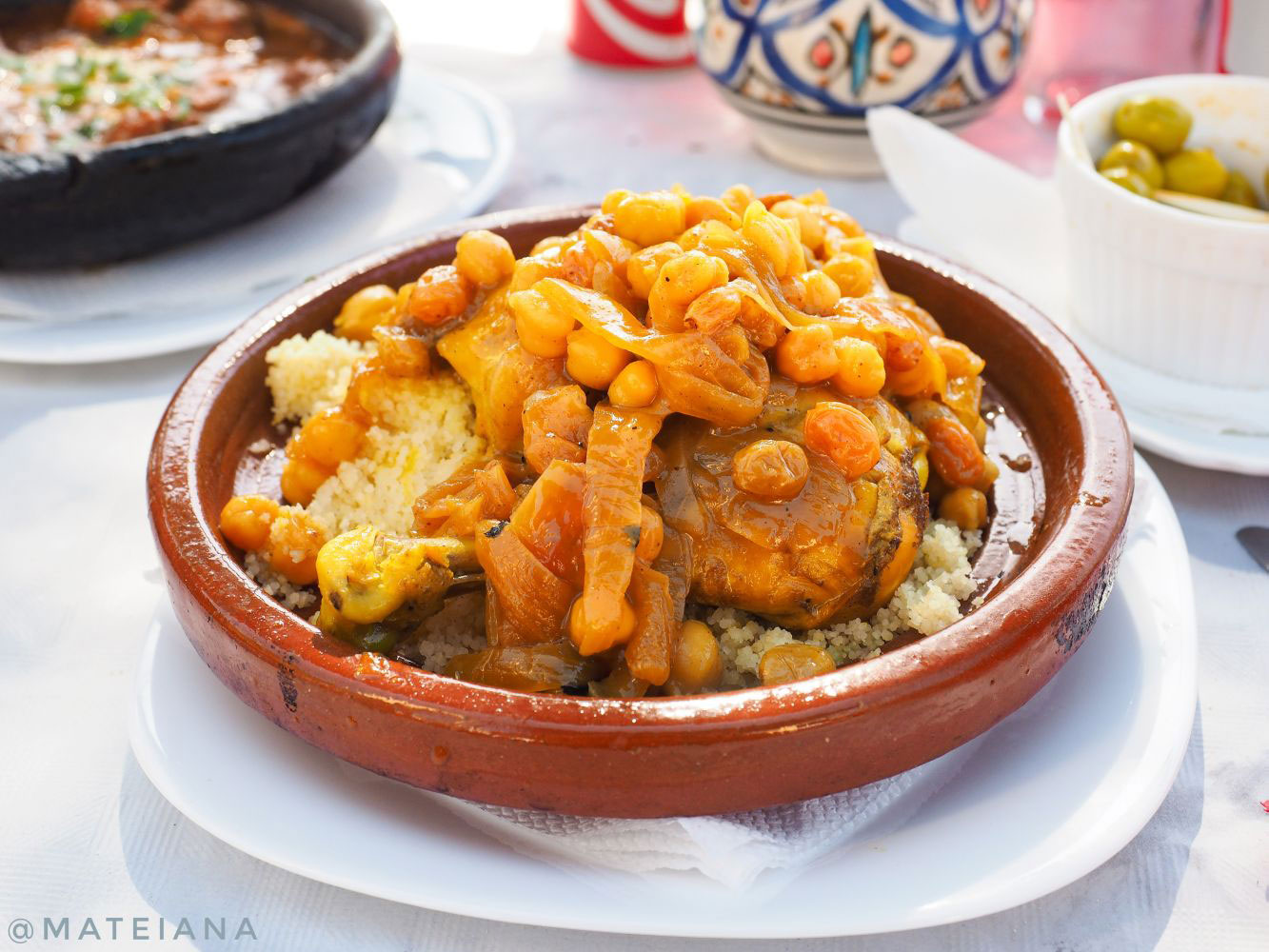




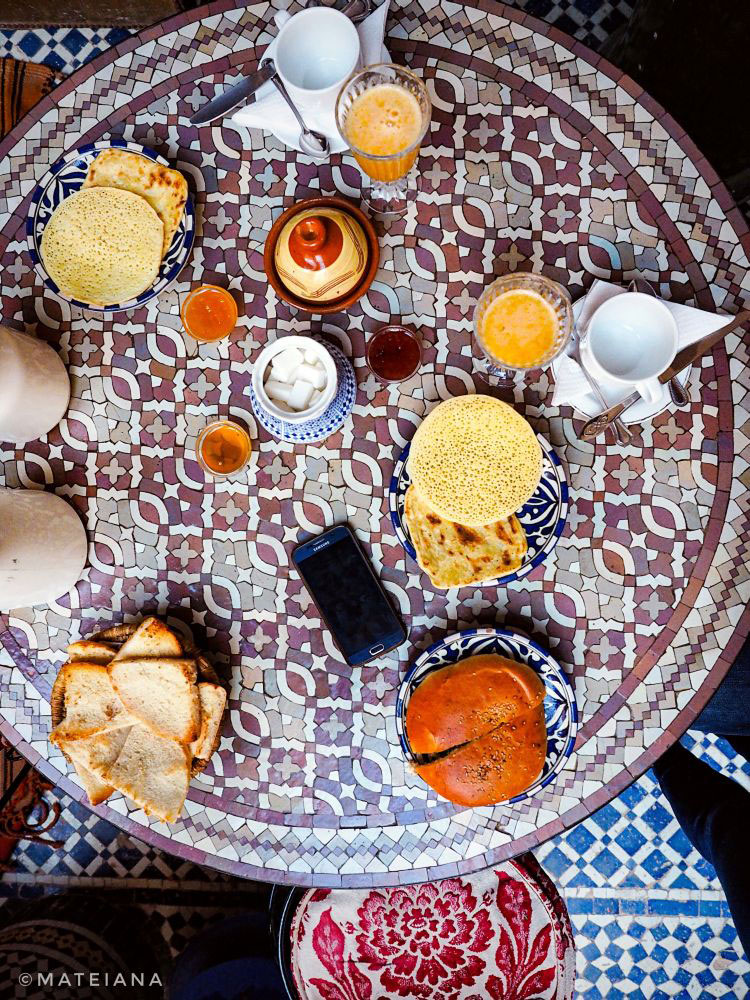

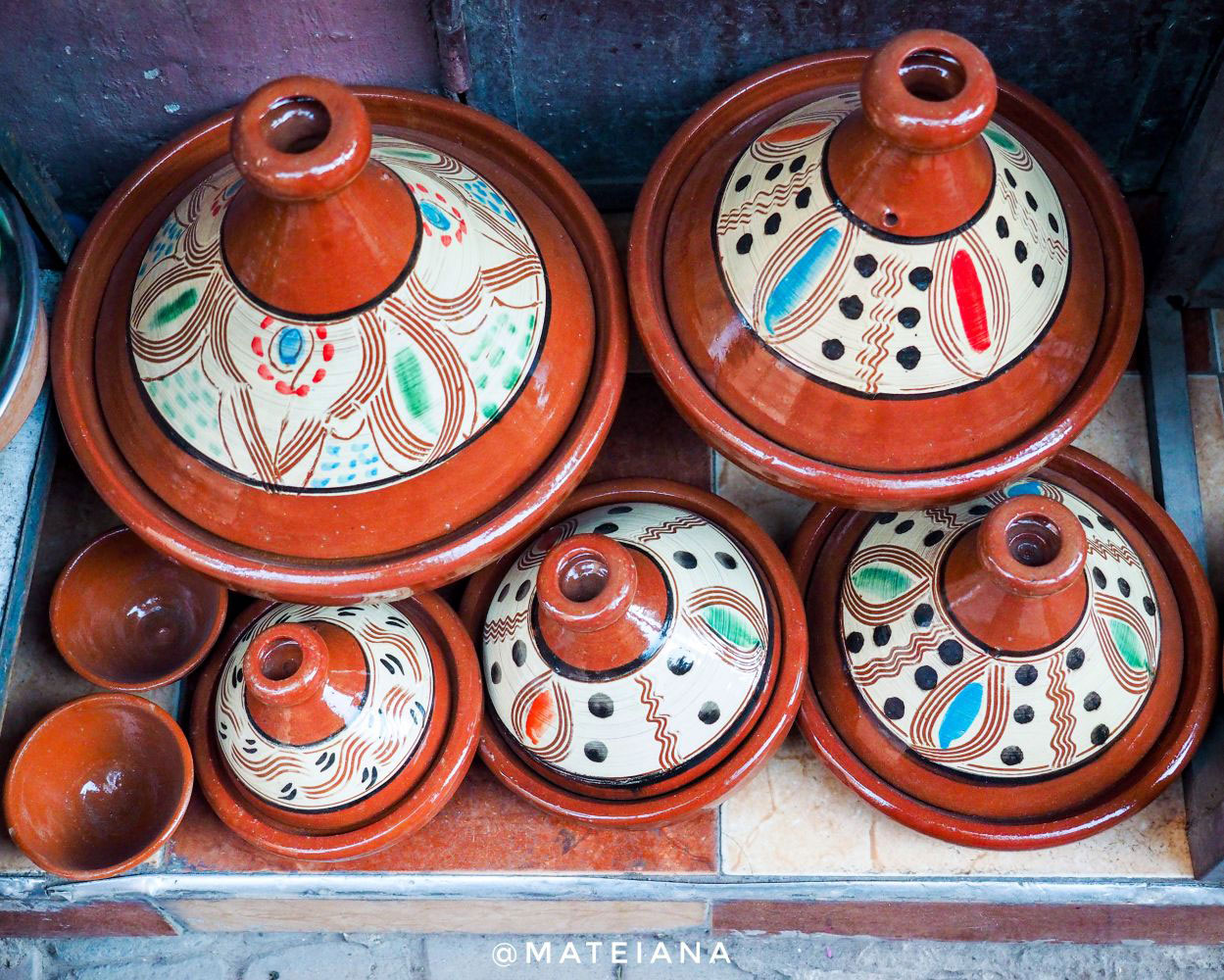
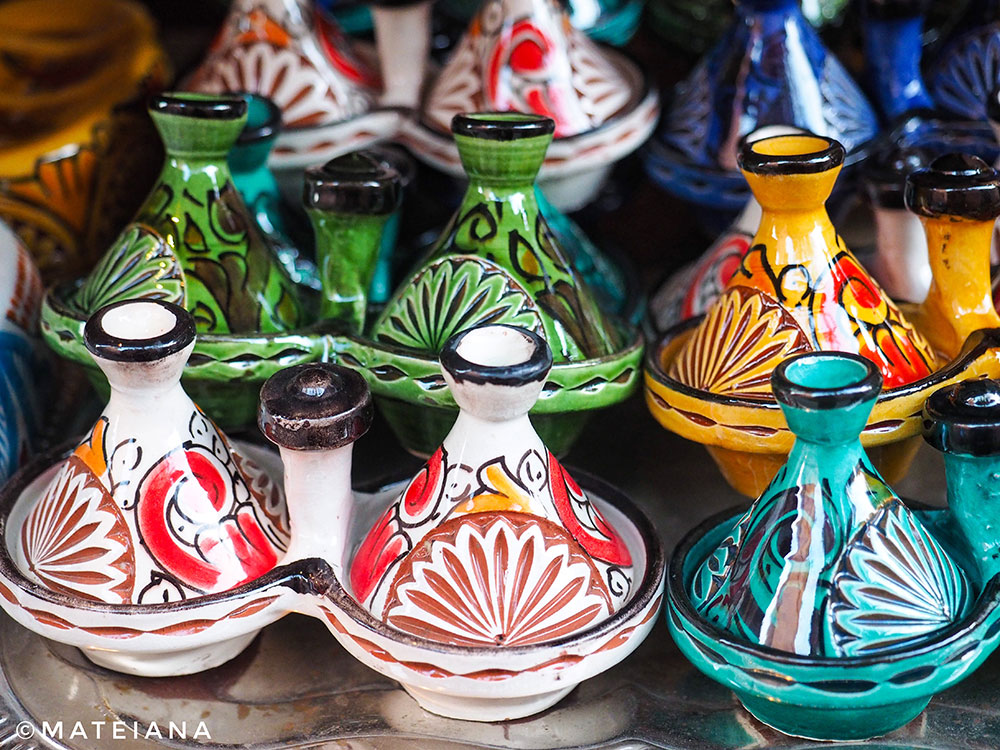

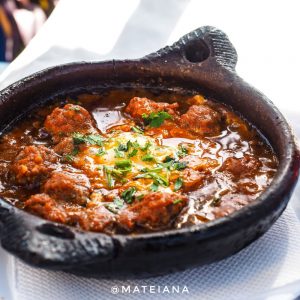






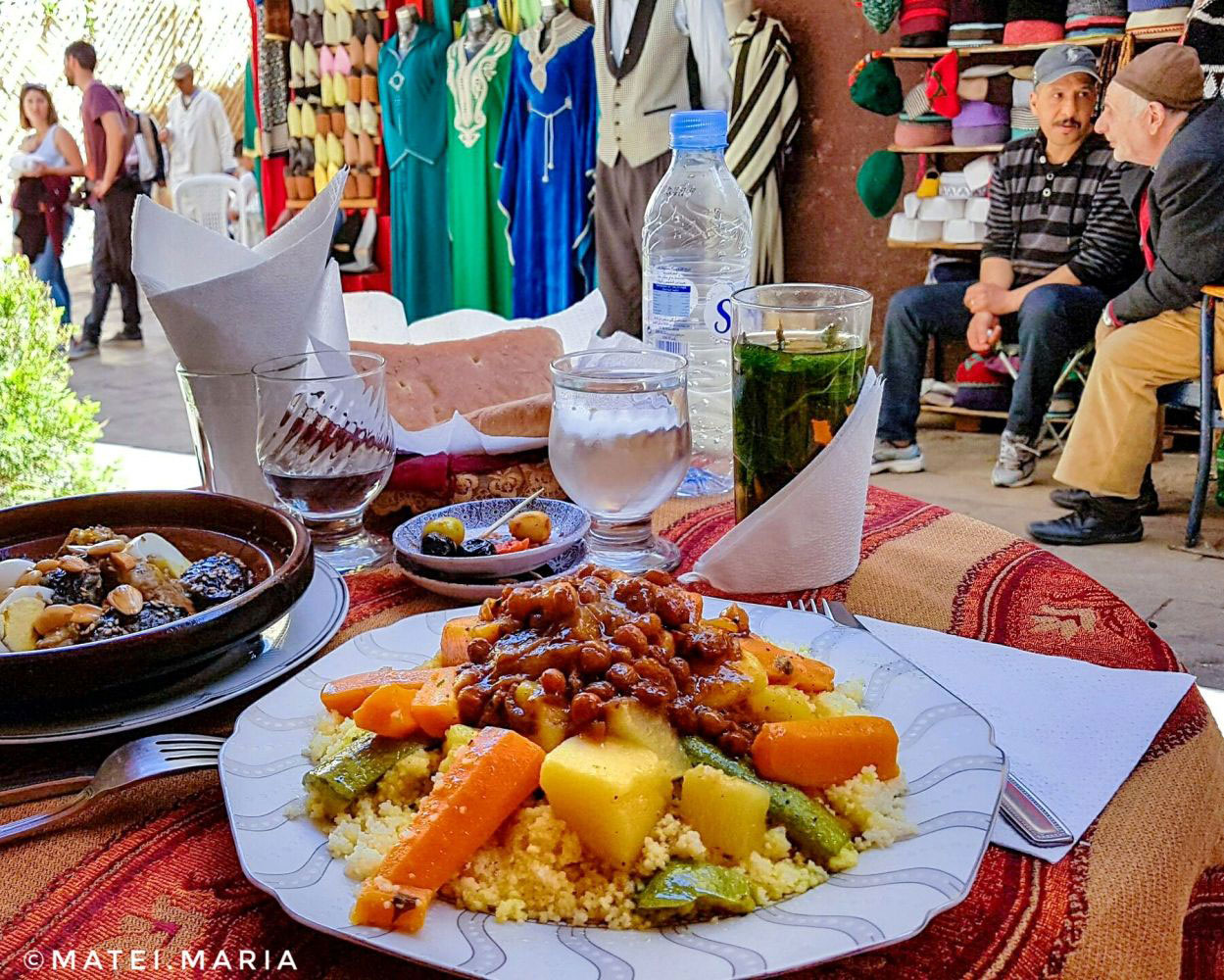
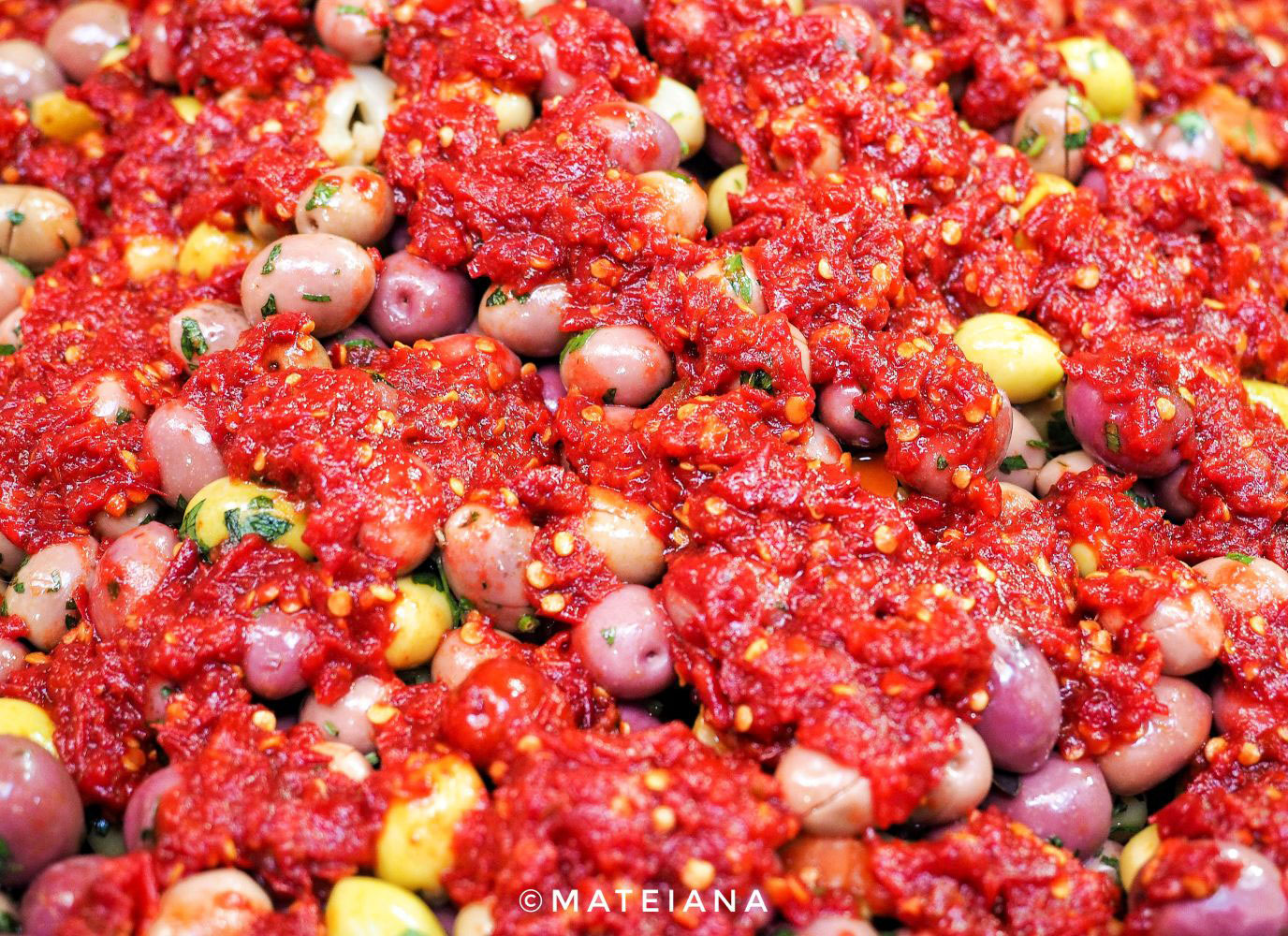

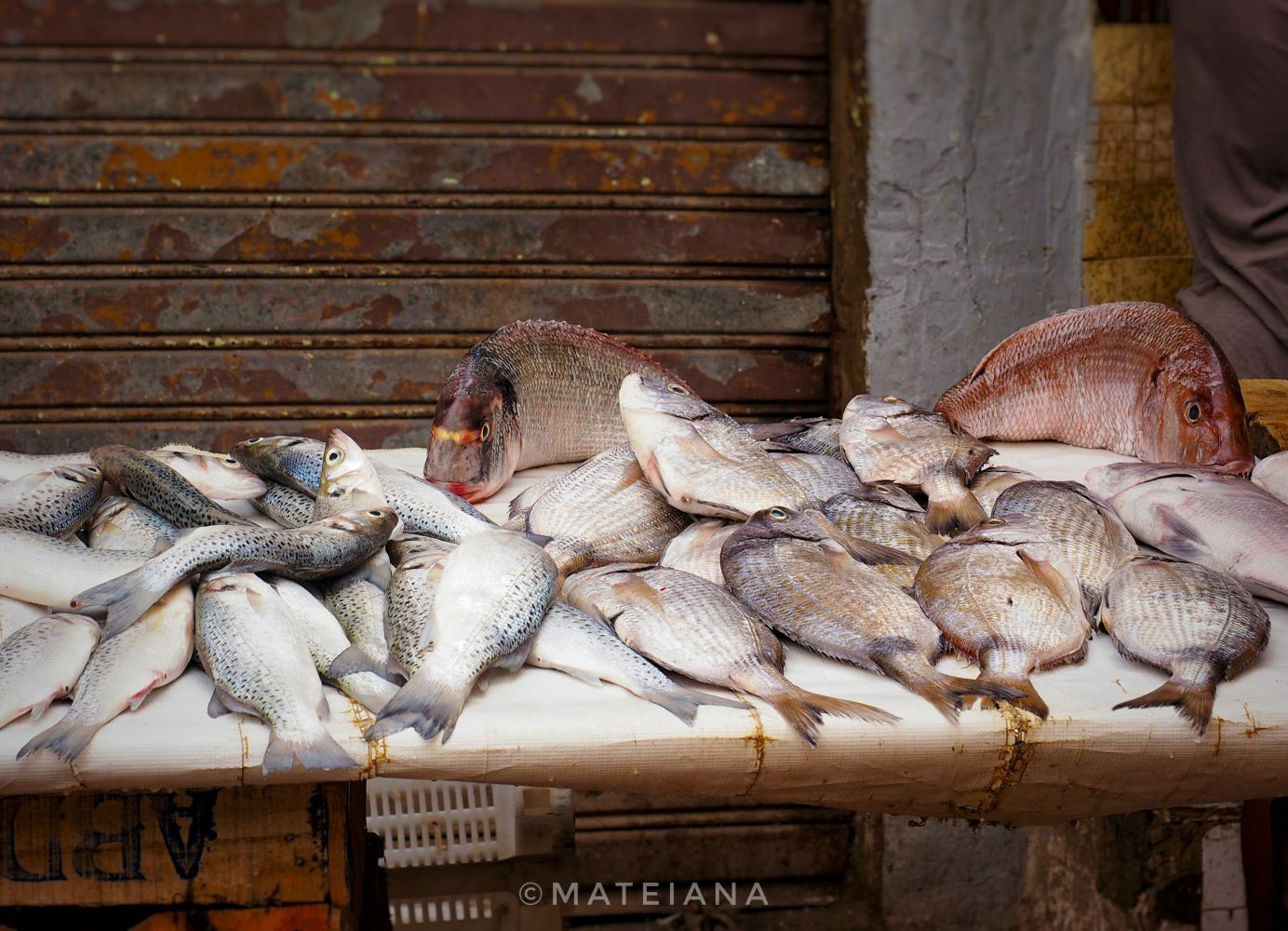
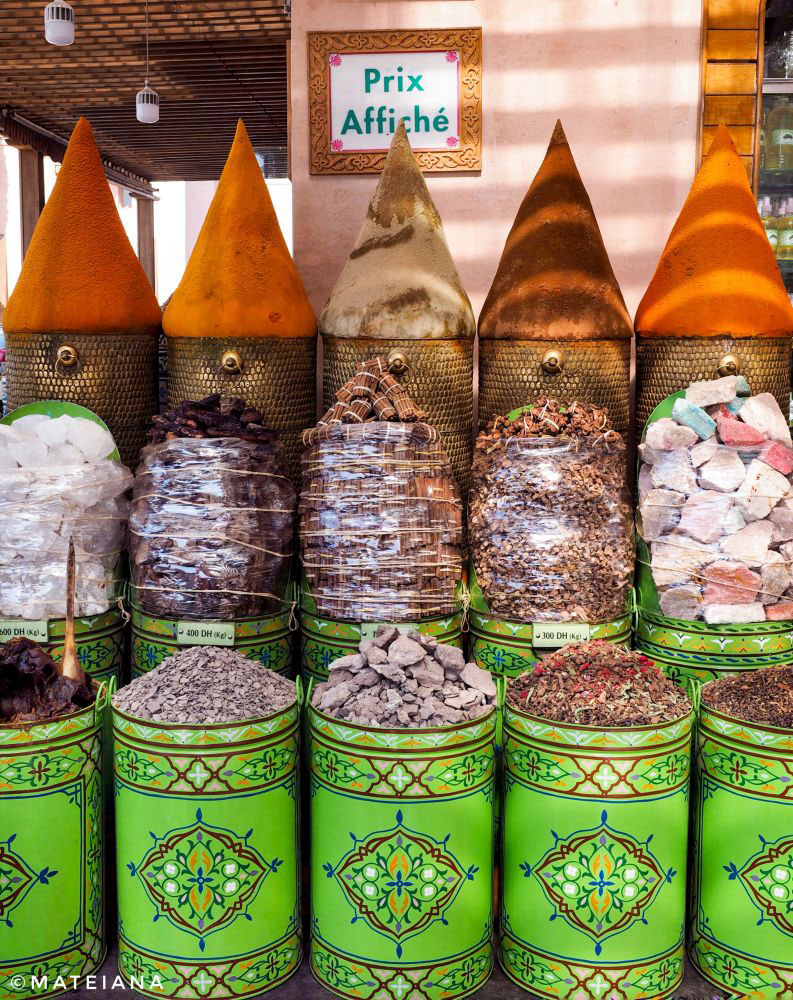

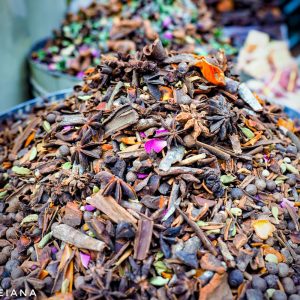
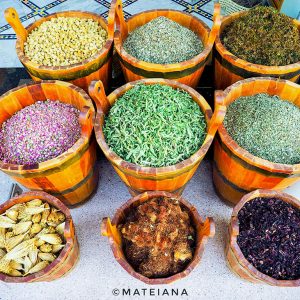

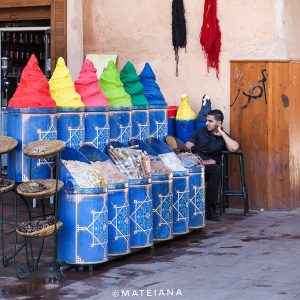



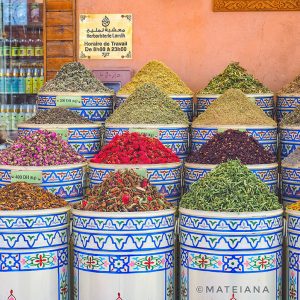
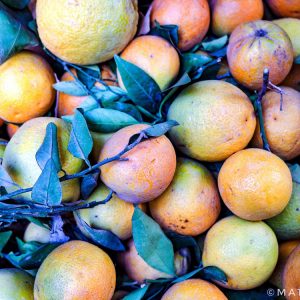

No Comments